Details
Description
SKU: AP.98-J1025
Composed by Timothy Brown. Edited by Helen Marlais and Phyllis Lehrer. Masterworks; Piano Collection. The FJH Contemporary Keyboard Editions. This title is on the 2017-2021 National Federation of Music Clubs list. Contemporary; Masterwork. Book. The FJH Music Company Inc #98-J1025. Published by The FJH Music Company Inc (AP.98-J1025).ISBN 9781569397640. UPC: 674398225422. English.
Inspired by Witold Lutoslawki's approach to form and melody, Timothy Brown has created this innovative work consisting of five preludes for the advanced pianist. Written for two pianists, this duet features simple folk-like melodies that are combined with mixed meters, dissonance, bitonality and other challenging contemporary devices. Dance Preludes is a colorful experimentation in timbre and tone color!
About FJH Contemporary Keyboard Editions
The FJH Contemporary Keyboard Editions is a series that focuses on the best contemporary music for keyboard of the late 20th and early 21st centuries. These collected works by some of today's leading art-music composers will expand a student's concept of rhythm, harmony, sound, and texture. While the composers invited to write for this series use a colorful palette of contemporary techniques and textures, they were selected for their strong musical voices, which ensure that the ultimate goal of musical communication is never lost.
Too often, both students and teachers get discouraged with contemporary compositions because of their avant-garde sound. This series addresses that concern by providing excellent music which is both contemporary and intuitively musical. Contemporary performance practices such as depressing keys silently, cluster sounds, pedal effects, knocking on the keyboard, contemporary harmonies, jazz idioms, bitonality, modes, mixed and changing meters, and 12-tone techniques challenge the student to listen for new rhythmic gestures and tonal colors and expand their interpretive capacity.
While expanding students' horizons, this series helps to confirm and reinforce the musical and technical concepts they are learning in their other repertoire. The natural musicality present in each of these pieces demands the same kind of careful attention that we expect from the standard canon of repertoire.
This series is carefully leveled into the following categories: elementary, intermediate, early advanced, and advanced. Each of the works has been selected for its artistic as well as its pedagogical merit.
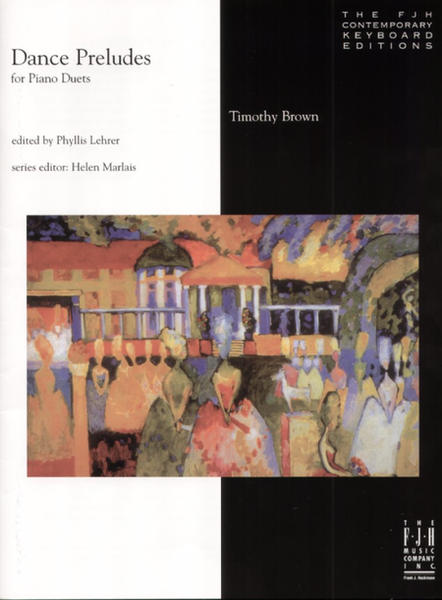
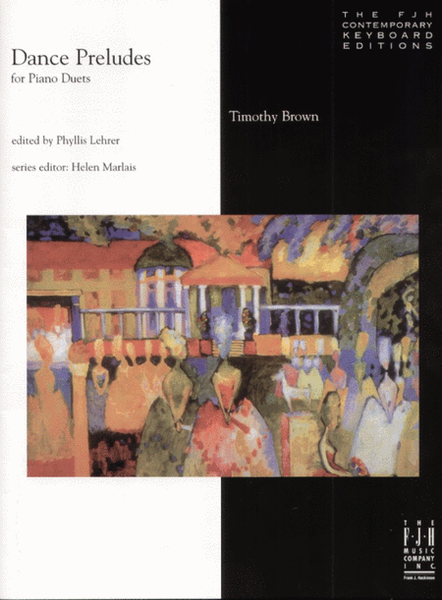
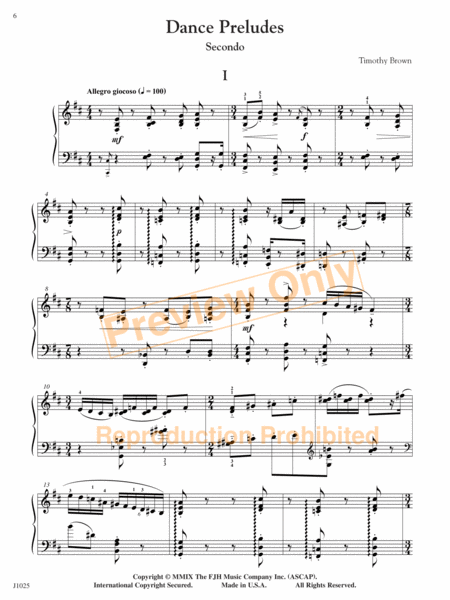
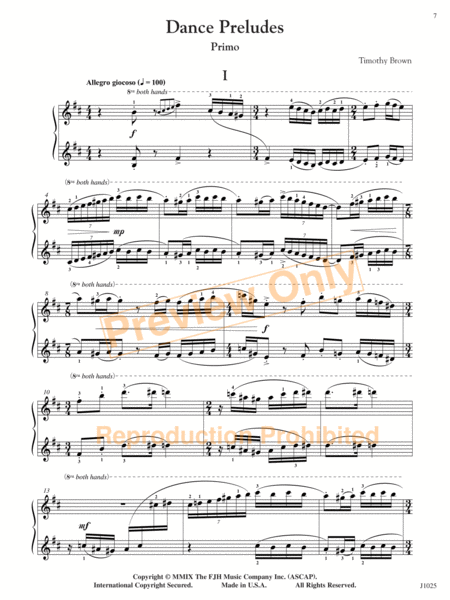
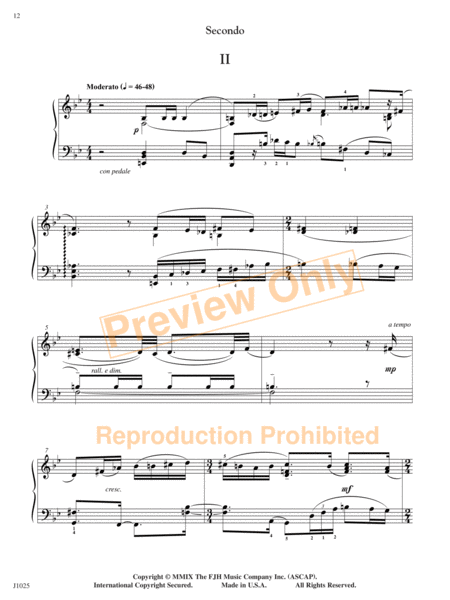
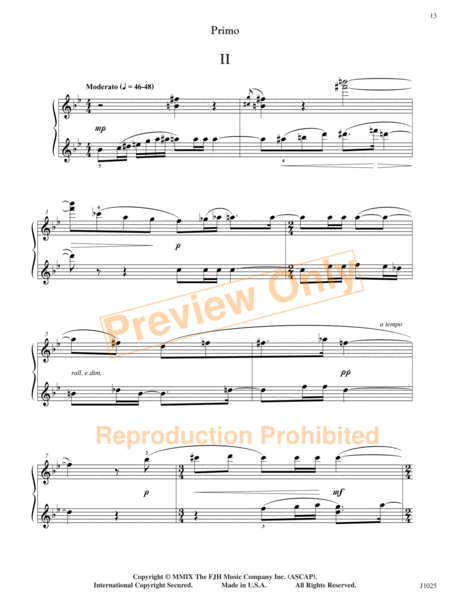
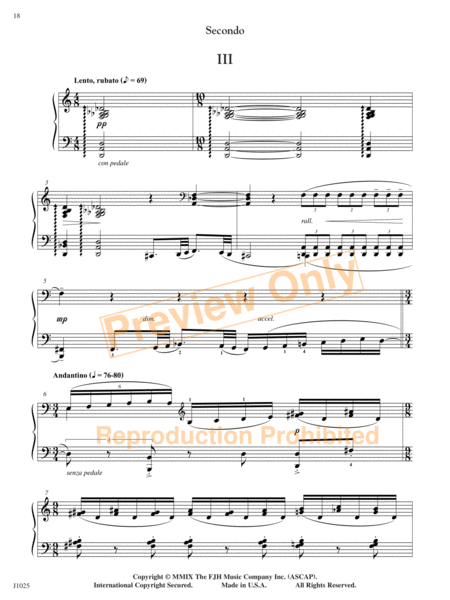
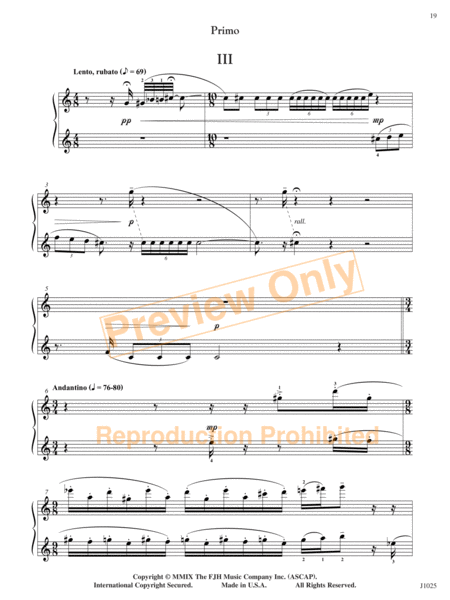
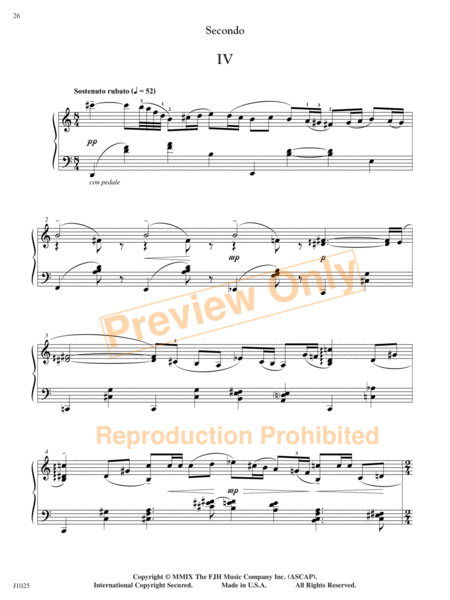
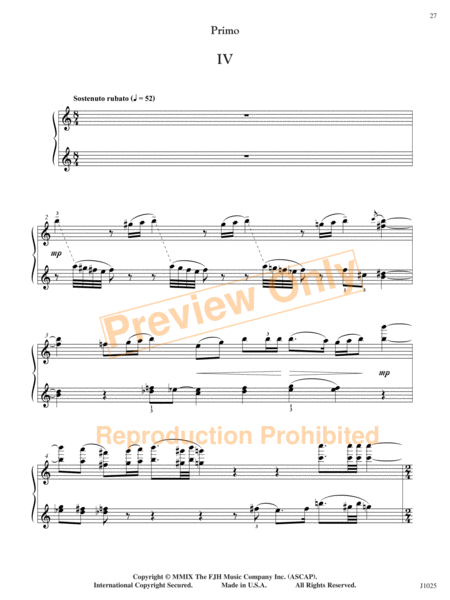
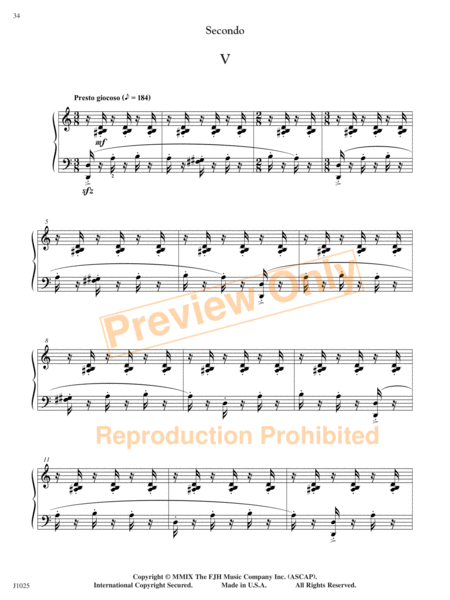
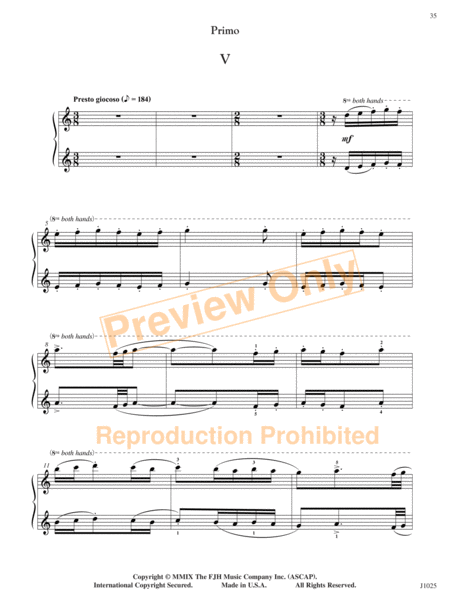
 Share
Share